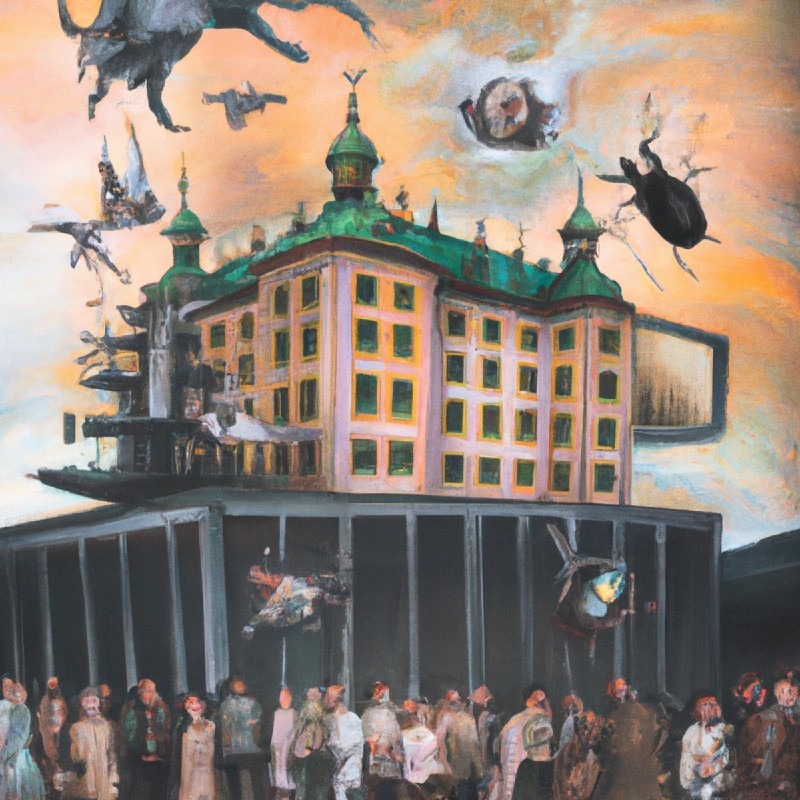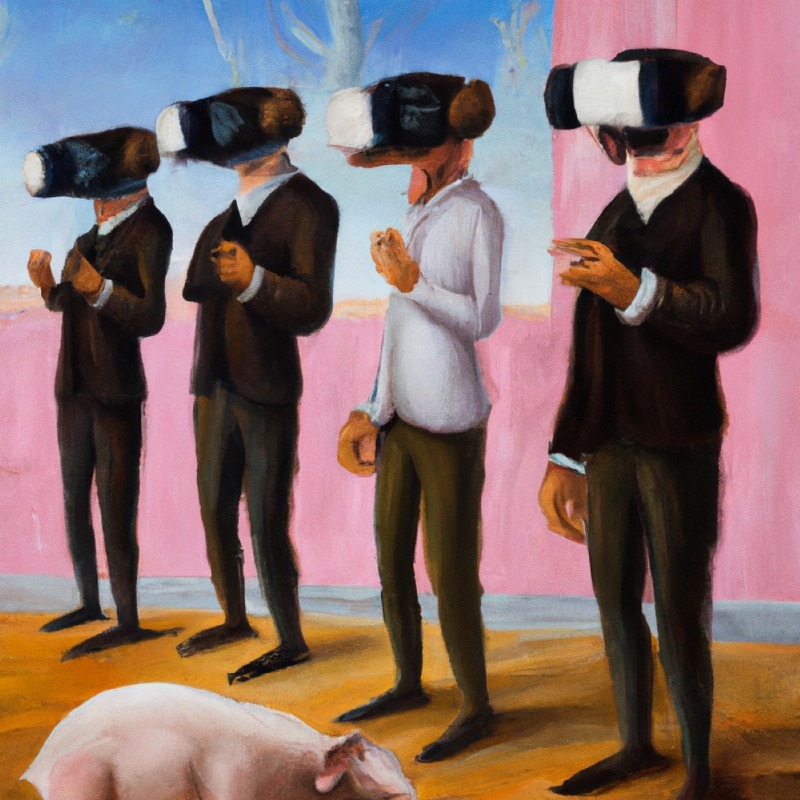Digital assets are any form of digital content or resources that hold value, including cryptocurrencies like Bitcoin and Ethereum, digital art or collectibles known as NFTs (Non-Fungible Tokens), digital music or media files, domain names, and online intellectual property such as patents or trademarks.
“Securing the Future with Quantum Cryptography: Unbreakable Security for the Digital Age” by Mark Whelan

Quantum cryptography is a field of study that uses the principles of quantum mechanics to develop secure communication systems. Quantum cryptography relies on the principles of quantum mechanics, such as superposition and entanglement, to create secure communication channels that are resistant to hacking and interception.
One of the key features of quantum cryptography is that it allows two parties to establish a secure communication channel without exchanging any secret information in advance. This is known as “key distribution.” In a quantum key distribution system, a sender and a receiver can use the principles of quantum mechanics to generate a shared secret key, which they can then use to encrypt and decrypt messages.
Quantum cryptography has the potential to revolutionize the field of secure communication, as it provides a way to establish secure communication channels that are resistant to hacking and interception. In the future, quantum cryptography could be used to secure a wide range of applications, including financial transactions, military communications, and data storage.
However, there are also challenges and limitations to the use of quantum cryptography. For example, quantum key distribution systems can be vulnerable to attacks that exploit the principles of quantum mechanics, and there are also technical challenges to implementing quantum cryptography on a large scale.
Overall, quantum cryptography is a promising and rapidly developing field that has the potential to revolutionize the way we think about secure communication. However, it is important to recognize that quantum cryptography is still a relatively new field and that there are many challenges and limitations that need to be addressed in order to realize its full potential.
To learn more about emerging trends by Mark M. Whelan or his artwork or participate
in one of the workshops.
Visit Future Center Ventures
“Tokenizing the Future: The Impact of Tokenisation on Finance, Business, and the Economy in the years to come” by Mark M. Whelan

The future may be tokenized for a number of reasons. One potential reason is the increasing use of digital currencies and blockchain technology. A token is a digital asset that is built on top of a blockchain, and it can represent a wide range of things, such as a unit of value, a stake in a company, or a representation of a physical asset.
As the use of digital currencies and blockchain technology continues to grow, it is likely that more and more assets will be represented as tokens. This could include everything from money and stocks to real estate and art.
Another potential reason that the future may be tokenized is the increasing prevalence of smart contracts. A smart contract is a digital contract that is built on top of a blockchain and is automatically executed when certain conditions are met. These contracts can be used to automate a wide range of processes, such as buying and selling assets, transferring ownership, and enforcing agreements.
The use of smart contracts could make it easier and more efficient to manage and transfer assets, which could drive the adoption of tokenized assets. This could ultimately lead to a future in which many different types of assets are represented and exchanged as tokens.
To learn more about emerging trends by Mark M. Whelan or his artwork.
Visit Future Center Ventures
“Real vs Virtual: The Debate Continues — Navigating the Pros and Cons of Virtual Reality and Actual Reality” by Mark M. Whelan

Virtual reality is a computer-generated simulation of a three-dimensional environment that can be interacted with in a seemingly real or physical way by a person using specialized electronic equipment, such as a helmet with a screen inside or gloves fitted with sensors. This technology allows the user to experience and manipulate virtual objects, environments, and situations.
Actual reality, on the other hand, refers to the real world as it exists independently of our perception or interpretation of it. Actual reality is not a simulation or a creation of the mind, but rather the objective and physical reality that we all inhabit and experience.
For example, if you are playing a virtual reality game in which you are exploring a fantasy world, the game and the objects and characters within it are part of the virtual reality. However, the headset and controller you are using to interact with the game are part of the actual reality. The chair you are sitting in, the room you are in, and the people around you are also part of the actual reality.
To learn more about emerging trends by Mark M. Whelan or his artwork.
Visit Future Center Ventures
